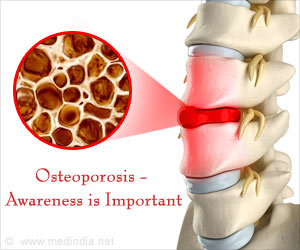An accurate way to measure a circulating factor, called GDF11, to better understand its potential impact on the aging process has been identified by researchers.

TOP INSIGHT
An accurate way to measure a circulating factor, called GDF11, to better understand its potential impact on the aging process has been identified by Mayo clinic researchers.
A challenge of previous measurements was differentiating between the circulating levels of GDF11 and those of a highly-related protein, myostatin. To overcome this, researchers at the Center on Aging developed an extremely precise assay that can distinguish between unique amino acid sequence features, or 'fingerprints' of GDF11 and myostatin.
Using this platform, researchers compared age-associated changes in GDF11 and myostatin in healthy men and women between 20 and 94 years old. They discovered that although myostatin is higher in younger men than younger women and declines in healthy men throughout aging, GDF11 levels do not differ between sexes nor decline throughout aging. In an independent cohort of older individuals with severe aortic stenosis, researchers found that those with higher GDF11 levels were more likely to be frail and have diabetes or prior cardiac conditions. Following valve replacement surgery, increased GDF11 was associated with a higher prevalence of re-hospitalization and multiple adverse events.
"As a methodological advancement, our assay will be useful for better understanding the basic biology of GDF11 and myostatin, and through its use, we've discovered that GDF11 may be an important biomarker of frailty and comorbidity. It's a great example of bench-to-bedside research with direct relevance to medical management decisions," says Marissa Schafer, a postdoctoral fellow in Dr. LeBrasseur's laboratory and lead author of the study.
Dr. LeBrasseur agrees that the findings could have important implications for future studies.
Source-Eurekalert
 MEDINDIA
MEDINDIA




 Email
Email




